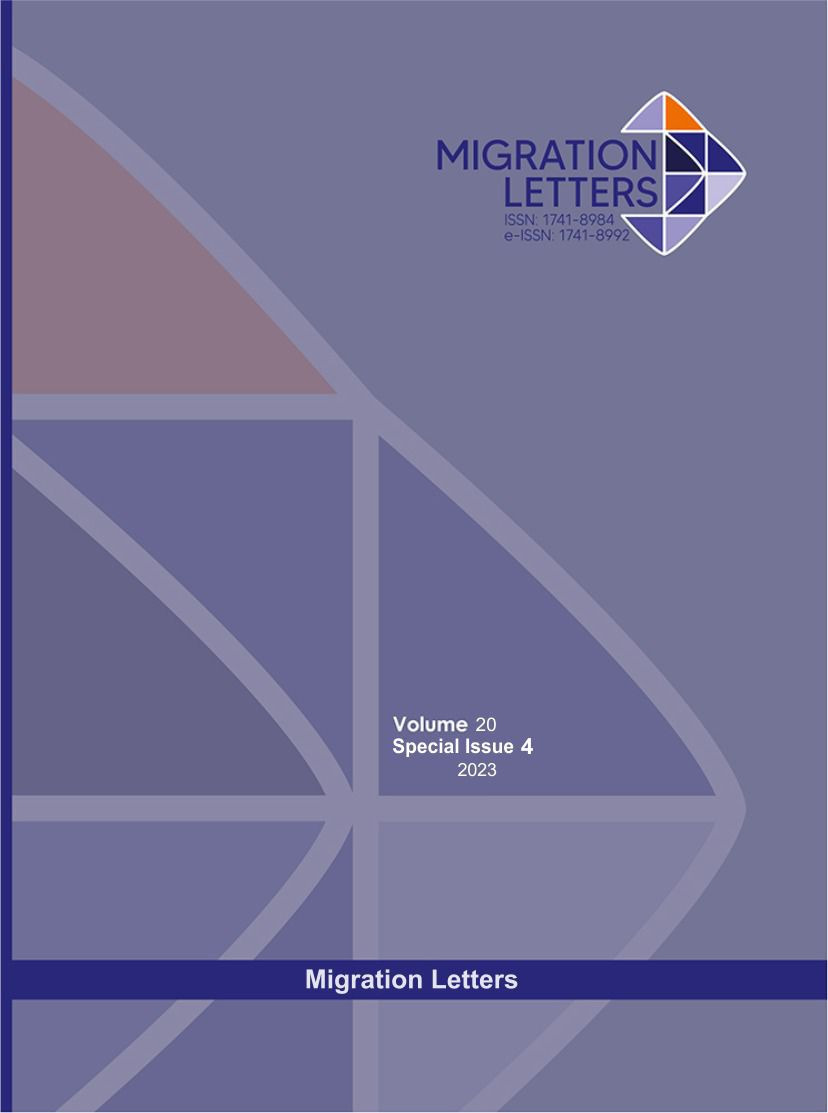Religion and Migration: An Iranian Survey
DOI:
https://doi.org/10.59670/ml.v20iS4.3871Abstract
According to research, Iranians have a high propensity to migrate, and Iran is among the top countries that send migrants to the West. The issue of Iranian migration has been studied primarily in relation to the concept of brain drain. This paper, however, examined the migration propensity of Iranians in relation to their religiosity. Despite the decline of religion in Iran, most Iranians are still religious, and religion affects virtually every aspect of their lives. To examine the relationship between religiosity and migration propensity, 454 participants completed our survey. We discovered that Iranians have a high propensity to migrate but that this propensity varies significantly across social groups. According to statistical analyses, religiosity has a strong but inverse relationship with migration propensity. In addition, we discovered that gender and marital status influence the relationship between religiosity and migration propensity.
Metrics
Downloads
Published
How to Cite
Issue
Section
License

This work is licensed under a Creative Commons Attribution-NonCommercial-NoDerivatives 4.0 International License.
CC Attribution-NonCommercial-NoDerivatives 4.0






